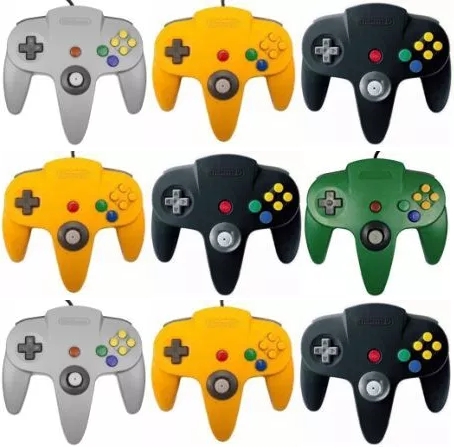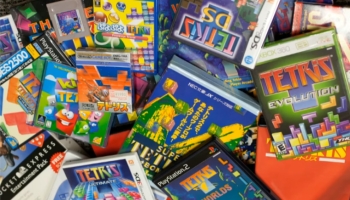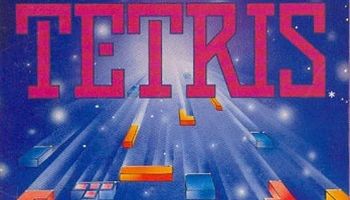
This article refers to an older Version of the Video Game Canon. View the Top 1000 to see the most recent changes to the list.
Once again, Alexey Pajitnov’s puzzle masterpiece, Tetris, stands atop the Video Game Canon.
If you’re unfamiliar with the Video Game Canon, it’s a statistical meta-analysis of 53 Best Video Games of All Time lists that were published between 1995 and 2018. To qualify for inclusion, each list had to include at least 50 games, as well as some form of editorial oversight in the process (lists made up solely of reader polls or fan voting were excluded), and no restrictions on release dates or platforms.
After feeding each Best Games list into the Video Game Canon machine, the games were ranked against each other using the C-Score, a formula that adds together a game’s Average Ranking across all lists with the complementary percentage of its Appearance Frequency. Combining these two factors allows us to create a list of games that have universal appeal across a long period of time without punishing any game for being too old or too new.
Five new lists were added to the Video Game Canon in the Version 3.0 update, bringing the total number of games to be selected by at least one list up to 1,167. The most expansive new list came from Game Informer, which published “The Top 300 Games of All Time” in April of last year. Hyper (“The 200 Games You Must Play“), IGN (“Top 100 Video Games of All Time“), and Slant Magazine (“The 100 Greatest Video Games of All Time“) also published new lists in 2018.
I was also able to reach back into the history books a little bit after stumbling upon a list from 2009 by Benchmark.pl, one of Poland’s largest technology blogs. Aside from a handful of titles (most notably, 2015’s The Witcher 3: Wild Hunt), most of the games created in Eastern Europe or played by Eastern European players aren’t on the radar of your average gamer, so digging through “The Top 100 Best Games of the Twentieth Century” gave me an interesting window into a population of gamers that I probably don’t think about as often as I should.
Even with these new additions to the dataset, Version 3.0 didn’t signal any huge changes to the Video Game Canon over last year’s Version 2.0 update, but the movement amongst the games in the top ten does bring to mind a round of musical chairs. And after the music stopped, nearly all the titles scrambled to find a new place to sit.
[Continue Reading…]







 Tetris earned the top spot in the first version of the Video Game Canon, and easily repeated in the
Tetris earned the top spot in the first version of the Video Game Canon, and easily repeated in the